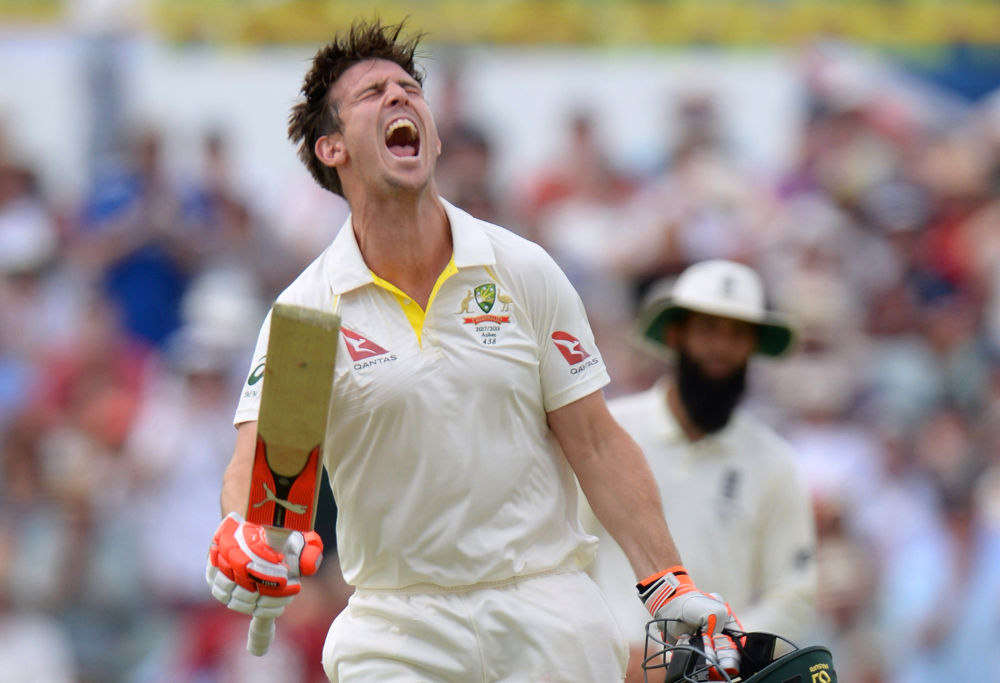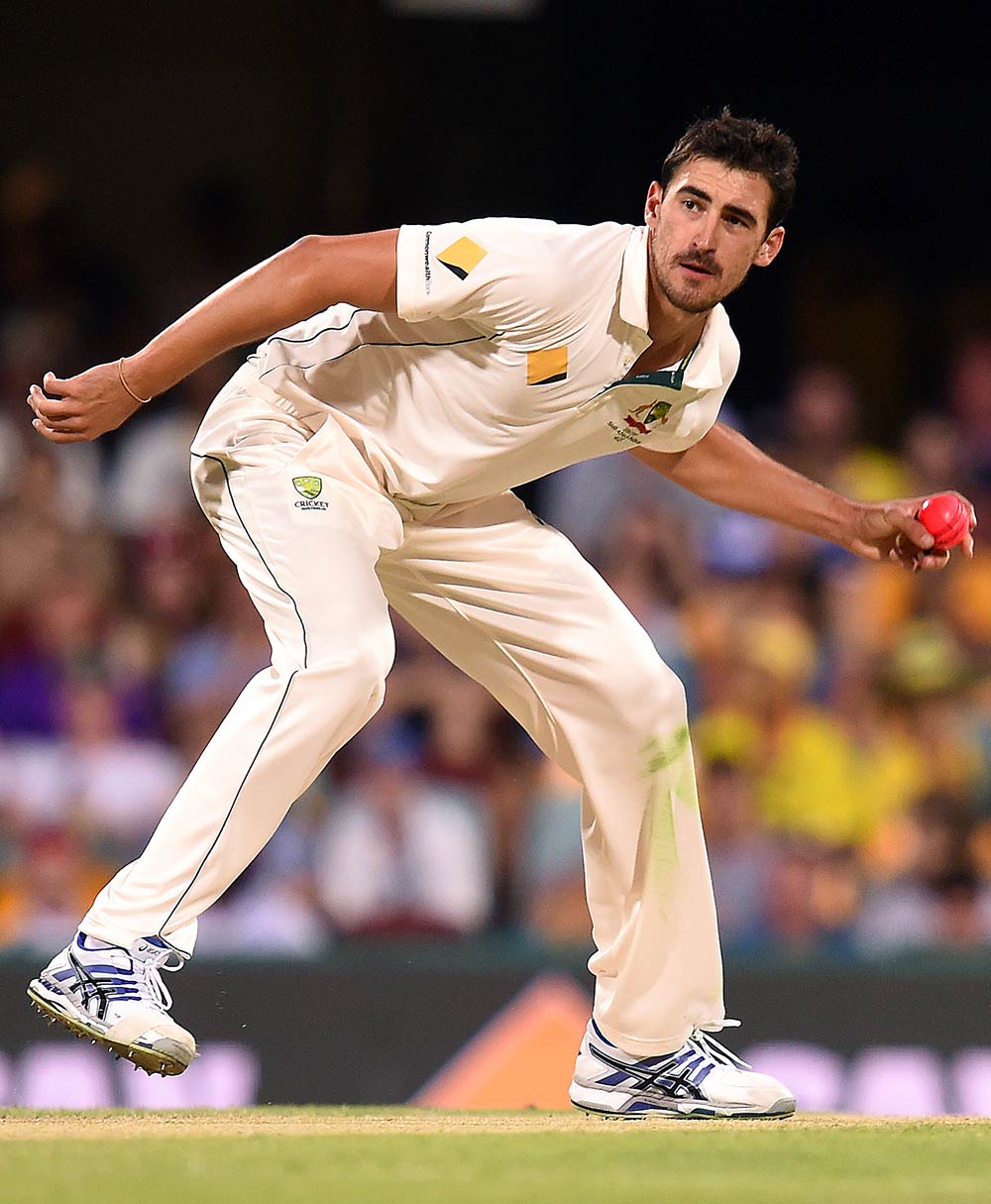Fast, bouncy, exciting. These are the characteristics that have for years typified an Australian cricket wicket with epic contests between bat and ball the overall result.
Opposition sides would come to our shores frightened of the extra bounce and pace, with wickets such as the Gabba and WACA in particular proving to be paradise for fast bowlers.
Fast forward to the summer of 2017-18 and things have changed dramatically, with the recent Ashes series for the most part serving up batting friendly pitches that rarely saw both sides bat for two significant innings.
Although four of five completed matches have produced results, other than under the lights of Adelaide Oval in the second Test match batsmen have truly dominated this Ashes series.
This summer has by no means been an outlier in this regard, as recent years have again seen batsmen dominate as flat surfaces in Perth, Brisbane, Melbourne, Sydney and Adelaide have made for runs galore and to be truthful a deterioration in entertainment.
As much as I love seeing my beloved Australian side cruising along at 4/500 grinding the old foe into the ground, I miss the contest between bat and ball which for the most part has been non existent.
England have also prospered on these flat surfaces, with Alastair Cook smashing the Australians to all parts of the MCG on his way to a monster 244*. As well as Dawid Malan and Jonny Bairstow putting on a humongous fifth wicket partnership breaking English records in the process.
The Sydney Test was another great example of the deterioration of bowler friendly conditions in Australia as the home side piled on a monstrous 7/649 with three centuries and all bar one specialist batsmen passing 50.
Although Australia did end up rolling England for 180 in the second innings, the drama usually involved in an Ashes series was almost non existent as England rolled over and essentially gifted the Australian side a dominant 4-0 triumph.

(Photo by Philip Brown/Getty Images)
Their have been instances where Test matches have gone down to the wire in recent times, with the Adelaide Tests of 2014 and 2015 and 2016’s Brisbane and Melbourne Tests all captivating games of cricket.
However, matches like this have been few and far between in recent times as for the most part we have seen run-fests that either dwindle out into a draw or are just dominated by one team (usually Australia).
The curators simply must get together and design a way to bring the art of bowling back into Australian test cricket, whether that be through more bounce and pace or more grass on the wicket to generate swing and off the pitch movement.
In other major Test-playing nations around the world such is India, South Africa and England, pitches are much better equipped to help the bowlers thus resulting in more interesting test matches.
Take Australia’s most recent trip to India for example, given absolutely no chance by most pundits Steve Smith and his men put in an inspired effort to only go down 2-1 in an enthralling two months of Test cricket.
In just about all of these matches, the contest between bat and ball was at its highest as runs were truly earned and a chase of even 150 in the second innings was extremely difficult.
Although Australia lost that series in India, I found it be a much more enthralling series than the most recent Ashes as you felt as if something might happen every ball. This was something that the Ashes lacked in a big way.
Another excellent comparison between Test cricket in Australia versus elsewhere can be seen in Sydney. Australia faced England in the fifth Ashes test, whilst over in Cape Town India and South Africa squared off for the first match of their three-Test series.
As explained earlier, the match at the SCG was filled with runs, runs and more runs as Australia batted for the best part of three days and crushed the English by an innings and 123 runs.
Newlands on the other hand hosted an enthralling match of cricket as South Africa defeated India by 72 runs in an extremely low-scoring affair. Wickets fell left right and centre whilst runs proved hard to come by, as spectators were on the edge of their seat for the full three days of play.
Although this is an extreme example of a bowler friendly wicket, Australian curators should take note of what happened in Cape Town last week and take characteristics from that pitch and apply them to our five famous venues.

(AAP Image/Dave Hunt)
With Australia heading over to South Africa for a four-Test series at the end of next month, batsmen could be in for a major surprise as they face the likes of Kagiso Rabada, Dale Steyn, Morne Morkel and Vernon Philander. On the green top pitches of South Africa they will definitely be a step up from the English attack they faced on the flat wickets of Australia.
If the current South Africa vs India series is something to go by, this will be an extremely entertaining example of cricket as Steve Smith’s side looks to prove themselves overseas.
With India embarking on our shores in 12 months time, it would make sense to prepare the fastest pitches possible to expose their weakness to pace and the short ball.
However, with the new age of drop in wickets and the need to extend Test matches for as long as possible I do not have my hopes up.
Don’t get me wrong, Test cricket in Australia is still a highlight of a summer down under and will continue to entertain fans for decades to come.
However, all I’m asking for is a bit of life in our pitches, less runs and most importantly drama and excitement.































































































